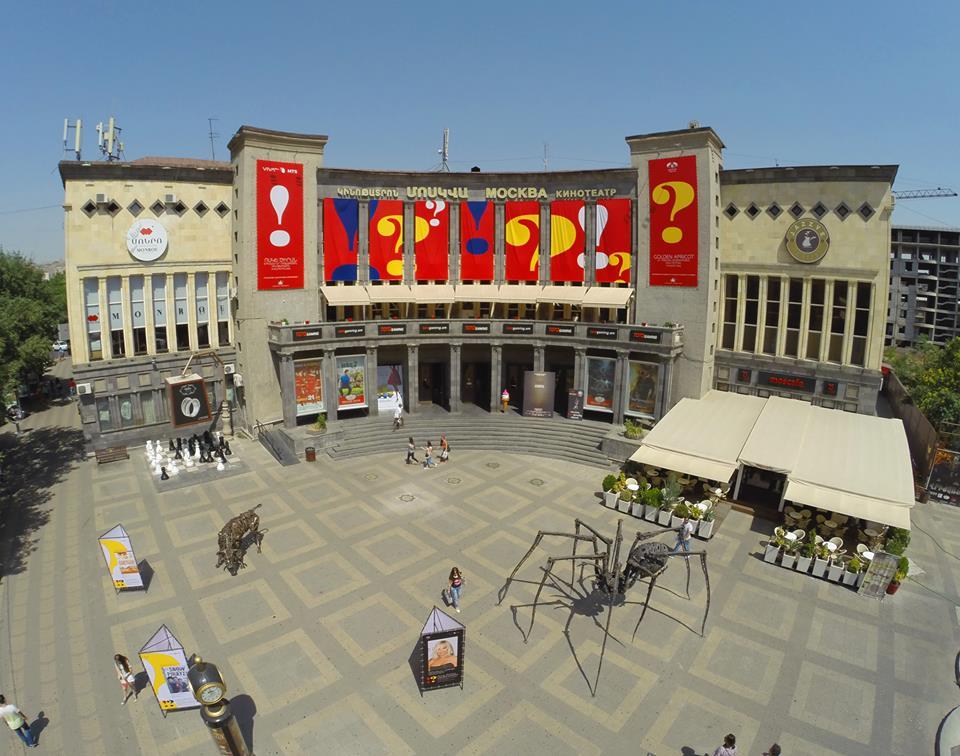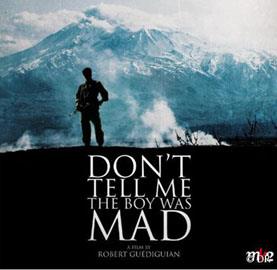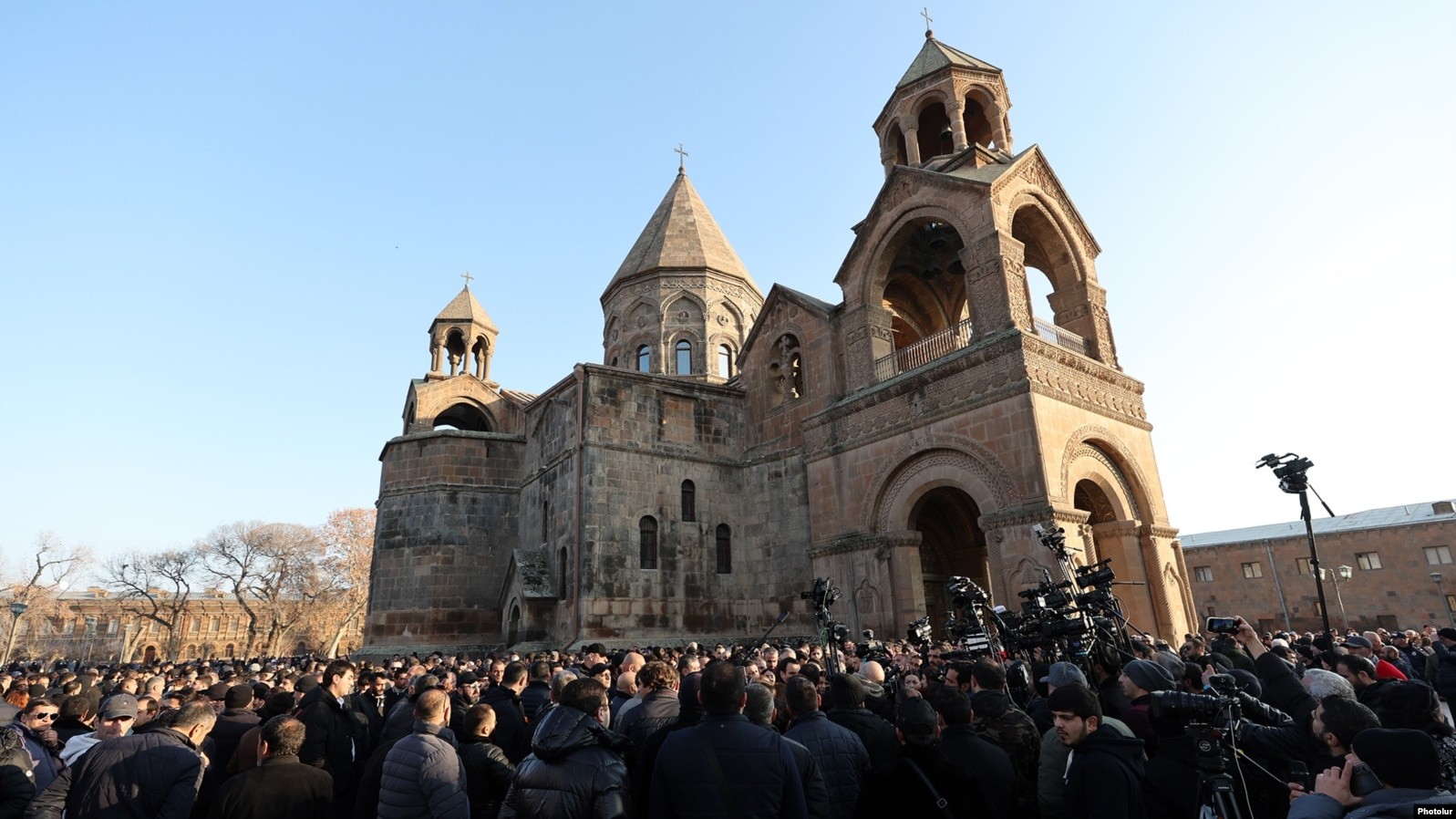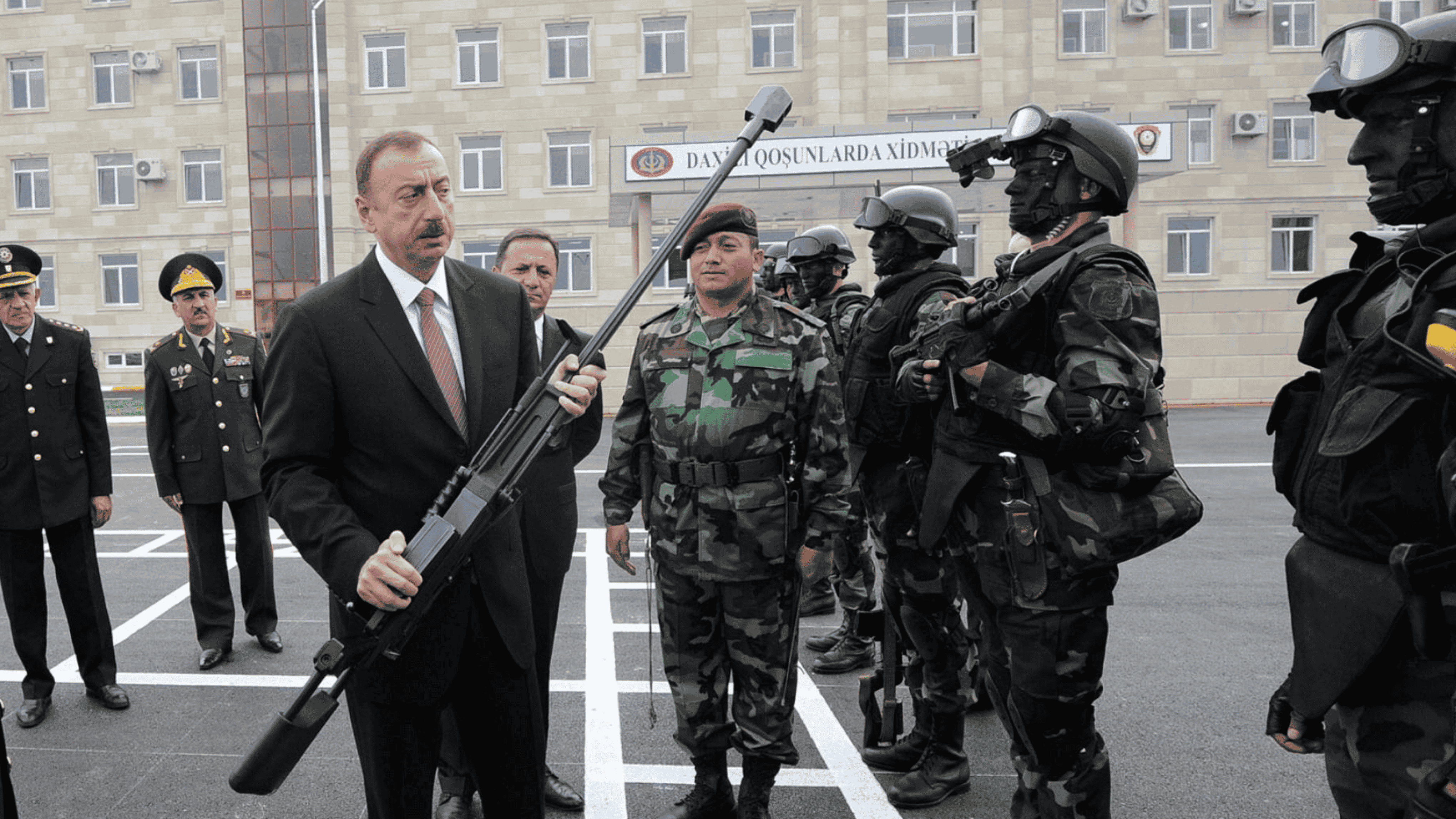Cinematography - a wandering type of art
Armenia is not one of the most advanced countries in the movie industry and it does not tend to develop. The point is that there is no cinematography law in Armenia and it has no state film studio either. The stake is mainly placed on small private studios and on joint production with foreign companies.
Lack of a wide network of cinemas seriously hampers the movie development. Films are mainly demonstrated in a single cinema in the capital and multiplex cinema halls, functioning in two large trade centers. There is also a cinema in Gumri.

Such cinema network does not allow making profit out of demonstration of Armenia-produced films. Very often Armenian movies are shot as pieces of art, having a certain authorship, but not as business-projects. Their “charm is often doubtful.
In average Armenia shots annually 2-3 full-length feature films and several dozens of documentary and short films. Light comedies are a separate trend in the cinematography. They are mainly shot at the expense of the TV channels and have the box-office success namely due to their low budget, ensuring the project’s financial violability.
Armenian Diaspora promotes to a large extent filmmaking in Armenia (as well as other spheres of activity). The Diaspora has made certain contribution to production of many films. Armenian films are shot and find their audience in many countries due to the Armenian Diaspora’s financial support, as well as its human resources and ties.
2015 was a remarkable year for the Armenian cinematography, first of all, due to its symbolism. 100th anniversary of Armenian Genocide is the theme, that was reflected almost in all Armenian films. This very theme was of particular importance for Diaspora, that had emerged as a result of the genocide and displacement of Armenians to different countries.
The crime with centennial history, reconsidered at the state level, was depicted in films of different genres and different quality. Just a few years ago, the National Cinema Center of Armenia – the movie production state fund, announced a contest for Armenian genocide-related film projects. The fund was to select the best projects and render financial assistance to them.
In the recent two years, the films, that are somehow or other related to the theme of genocide in the Ottoman Empire or the Armenian-Azerbaijani problems and the Karabakh war, have been created or are still at the stage of production.
Here are several films that were finished in 2015; they have already been demonstrated in Armenia and at different film festivals.
The film “The Silence of Vardapet (film director Vigen Chaldranyan) tells about last years of life of Komitas, when a composer, who witnessed crimes of 1915, assumed vow of silence.
“The Last Resident (film director Jivan Avetisyan) is about the residents of a village, who were dispelled from it as a result of the Karabakh war. The film presents human tragedies.
“Long Return (film director Shavarsh Vardanyan) is a film about love of the French doctor and a girl from Artsakh against the background of the Karabakh war.

2015 Golden Apricot International Film Festival presented a special program – “Never More, that brought together the films, dedicated to the consequences of genocide. German and Polish films, reconsidering the Holocaust, were particularly remarkable.
“Don’t Tell Me the Boy Was Mad – a film by French film director of Armenian origin, Robert Gedikyan, was demonstrated at the festival. The film tells about emotional stresses, anguishes and problems of the grandchildren of Armenians, who were affected by the genocide. This film is actually about the inherited problems. The eternal dilemma whether to respond to the use of force by force, by blood to blood, by sward to the raised sward, is in the essence of the film. A new generation of Armenians, residing in Europe, tries to preserve recollections of their predecessors and follow the example of Soghomon Tehlirian, who revenged to those, responsible for orchestrating the genocide of Armenians.

Generally, when a film refers to the mass disaster theme, it focuses on a story of a certain, ordinary person, his/her fate. Maybe a human life is the only value that can become a material for pieces of art during disasters (wars, resettlement, etc.) and in this way to oppose to inhuman acts.
The fiction picture by Aram Shakhbazyan “The Map of Salvation is completely based on documentary and factual material, on real people’s letters and diaries. The film tells about five female missionaries, who worked in Turkey. During the Armenian pogrom of Armenians those Europeans managed to save many Armenian children and to tell the world about the acts of atrocity.
At the present time a fact and interpretation are inseparable in the movie. Film of pure genre and forms are rare and they are perceived as untimely. The feature films, not falsifying facts but simple presenting them (adding fictive characters) become documents, the contemporary chronicle.
The first film about the Genocide of Armenians was shot in 1918, three years after the bloody events. Documentary shots were used in the film of American film director Oscar Apfel “Ravished Armenia. Armenian survivor Aurora (Arshaluys ) Mardiganian, who plays herself in the film, tells about Armenian Genocide by the Ottoman Empire.
It should be noted that the international Avrora Prize has been set up in Armenia and it will be awarded to people, who save human lives.
This is the case, when the movie implements into the life and dictates accents of perception.
Thus, cinematography is the type of art, that is easily moving, wandering the world and formulating question. And it’s up to the cinemagoers to respond to these questions.



















